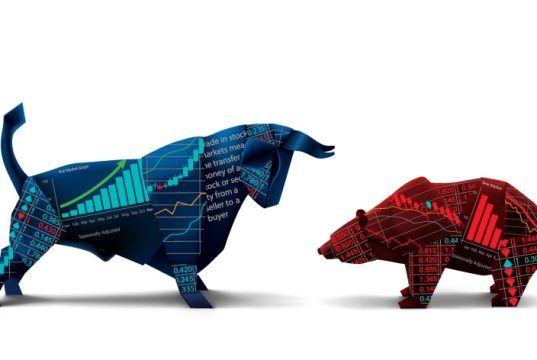Stock Hotlist: Three Picks for the Week Ahead
Picking the wrong stocks can decimate your portfolio.
They’re pure portfolio poison.
But the right stocks…
If you pick the right stocks, you could find yourself jumping for joy on top of an enormous pile of cash.
With over 4,000 tickers to choose from, finding the right stock at the right time can prove to be nearly impossible…
Unless you’re spending hours each day combing the markets and researching companies.
That’s why we’ve done the legwork for you.
We sort through thousands of stock ideas and whittle them down to a few top choices primed for solid price action in the coming days, weeks, and months.
This week, we’ve narrowed it down to three stocks that could be getting significant attention in the near future.
Palo Alto Networks (PANW)
Palo Alto Networks’ stock has shown significant growth this year, surging by over 70% year-to-date to reach $236.81 per share. Analysts’ 12-month price targets range from $278.00 to $340.00, indicating potential upside ranging from 17.4% to 43.6%.
The global cybersecurity market, valued at $153.65 billion in 2022, is projected to grow at a CAGR of 13.8% from 2023 to 2030, reaching $424.97 billion. Factors driving this growth include the rising number of cyberattacks, the expansion of e-commerce platforms, the proliferation of smart devices, and the increasing use of cloud technology.
Palo Alto Networks reported an impressive 18.48% year-over-year increase in annual revenue, rising from $5.81 billion in 2022 to $6.89 billion in 2023. Additionally, the company boasts a robust gross profit margin of 72.29%, significantly higher than the sector median of 49.10%. Its levered free cash flow margin stands at 29.70%, a substantial 302.82% above the sector median of 7.37%. Furthermore, EBITDA growth has reached an astounding 1,778.98%, far surpassing the sector median of 7.79%. These metrics underscore Palo Alto Networks’ profitability and steady growth.
[stock_market_widget type=”accordion” template=”extended” color=”#5679FF” assets=”PANW” start_expanded=”true” api=”yf”]
PepsiCo (PEP)
Investors should consider seizing a significant buying opportunity in the beverage and snack giant, PepsiCo, as it approaches its upcoming earnings release on October 10.
Despite the recent market turbulence, which has also affected archrival Coca-Cola ( KO), with both companies seeing a 7% decline in the last month, PEP stock is down 10% for the year. This dip comes despite PepsiCo consistently outperforming earnings expectations and consistently raising its full-year guidance.
What’s more, PepsiCo stands as a dependable blue-chip stock that can weather economic storms, making it an attractive option in the event of a 2024 recession. Currently trading at 28 times future earnings, PEP stock presents an affordable investment opportunity. Additionally, it serves as a solid defensive play should the economy contract, offering shareholders a quarterly dividend of $1.27 per share, translating to a substantial yield of 3.14%. Over the last five years, PEP stock has demonstrated impressive growth, increasing by 52%.
[stock_market_widget type=”accordion” template=”extended” color=”#5679FF” assets=”PEP” start_expanded=”true” api=”yf”]
CrowdStrike Holdings (CRWD)
CrowdStrike has been experiencing a strong bull run this year, propelled by the overall surge in technology stocks.
The company’s remarkable financial results have significantly contributed to CRWD stock’s impressive performance. In a recent report, CrowdStrike unveiled a second-quarter earnings per share (EPS) of 74 cents, surpassing the consensus forecast of 56 cents. Moreover, Q2 revenue stood at $731.6 million, marking a 37% increase from the previous year and surpassing analyst expectations of $724.1 million. The company’s free cash flow at the end of the quarter reached $188.7 million, up by 39% compared to the previous year’s $135.8 million.
Regarding its outlook, CrowdStrike provided a guidance of $775.4 million to $778 million in revenue and 74 cents in earnings for the third quarter of this year, both of which exceeded Wall Street’s forecasts. With a 58% increase in CRWD stock this year and a remarkable 155% growth over the past five years, the company appears to be riding high on its current momentum.
[stock_market_widget type=”accordion” template=”extended” color=”#5679FF” assets=”CRWD” start_expanded=”true” api=”yf”]










